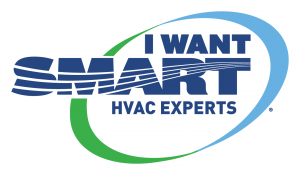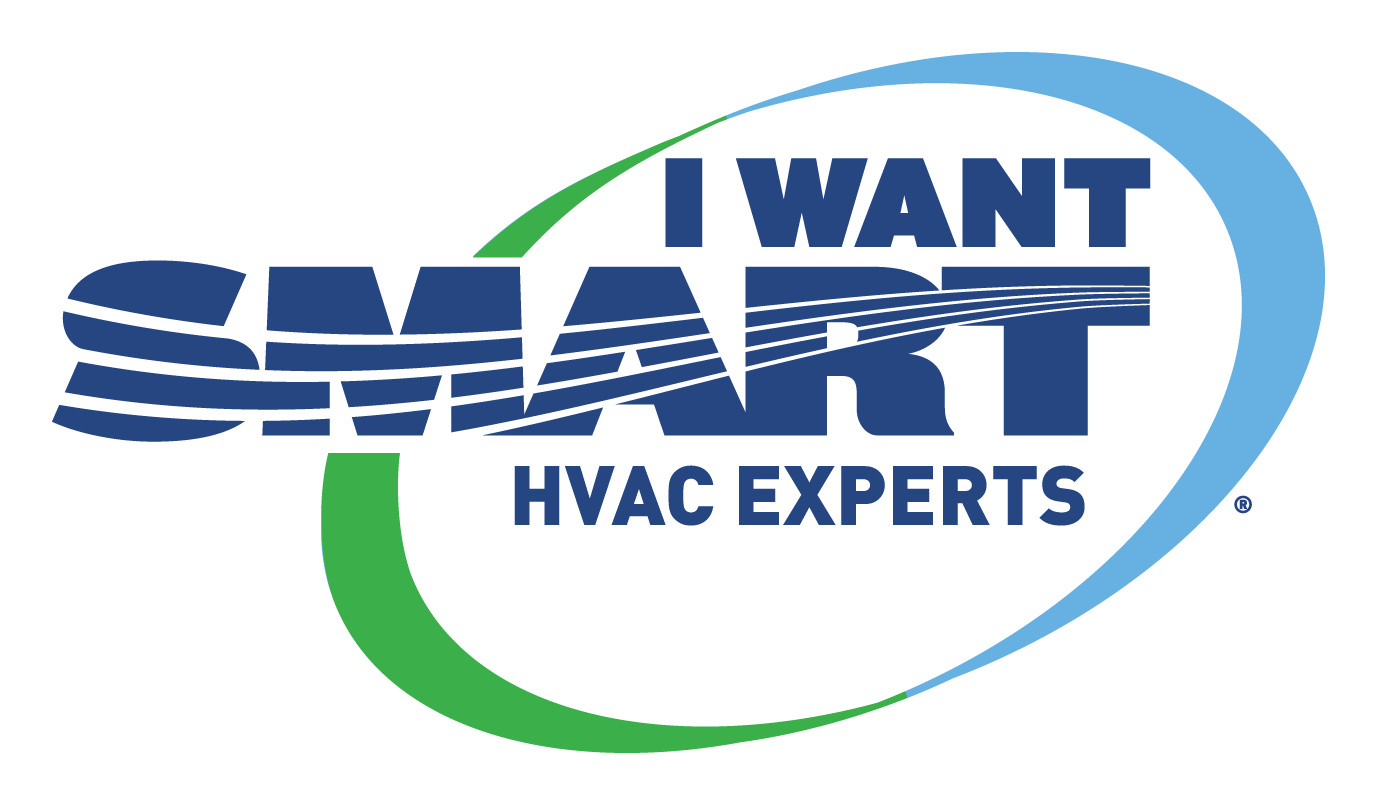Can You Save Money by Closing HVAC Vents in Unused Rooms?
Your air conditioner, heat pump, or furnace probably uses a lot of energy. Heating and cooling makes up about half of the total energy use in a typical house. For air conditioners and heat pumps using electricity generated in fossil-fuel fired power plants, the amount you use at home may be only a third of the total. A question I get asked frequently is whether or not it’s OK to close vents in unused rooms to save money. The answer may surprise you.
On the return side, you’ll typically see plain grilles, but on the supply side, where the conditioned air gets blown back into the house, most HVAC contractors install registers like the one above. It has a lever of some sort that allows you to adjust the louvers behind the grille.
You’d think that since it’s adjustable, it must be OK to open or close it to suit your needs, right?
The blower and the blown
The blower in your HVAC system is the heart of the air distribution. It pulls air from the house through the return ducts and then pushes it back into the house through the supply ducts. In high-efficiency systems, the blower is powered by an electronically commutated motor (ECM), which can adjust its speed to varying conditions. The majority of blowers, however, are of the permanent split capacitor (PSC) type, which is not a variable speed motor.
In either case, the system is designed for the blower to push against some maximum pressure difference. That number is typically 0.5 inches of water column (iwc). If the filter gets too dirty or the supply ducts are too restrictive, the blower pushes against a higher pressure.
In the case of the ECM, a high pressure will cause the motor will ramp up in an attempt to maintain proper air flow. An ECM is much more efficient than a PSC motor under ideal conditions, but as it ramps up to work against higher pressure, you lose that efficiency. You still get the air flow (maybe), but it costs you more.
The PSC motor, on the other hand, will keep spinning merrily along at the same speed. The higher pressure means less air flow. Less air flow means the blower works less hard. Less work means less instantaneous energy use, but since it’ll probably run longer, any savings there are unlikely to materialize.
The important thing to remember here is that no matter which type of blower motor your HVAC system has, it’s not a good thing when it has to push against a higher pressure.
Closed vents increase pressure
In a well-designed system, the blower moves the air against a pressure that’s no greater than the maximum specified by the manufacturer (typically 0.5 iwc). The ideal system also has low duct leakage. So now we’re ready to address the question of closing vents.
When you start closing vents in unused rooms, you make the duct system more restrictive. The pressure increases, and that means an ECM blower will ramp up to keep air flow up whereas a PSC blower will move less air. Most homes don’t have sealed ducts either, so the higher pressure in the duct system will mean more duct leakage, as shown below.
The more vents you close, the higher the pressure in the duct system goes. The ECM blower will use more and more energy as you do so. The PSC blower will work less but not move as much conditioned air. In both cases, the duct leakage will increase further.
What about heat?
In addition to moving air, your air conditioner, heat pump, or furnace is also cooling or heating that air that flows through the system. The air passes over a coil or heat exchanger and either gives up heat or picks up heat.
In a fixed-capacity system—and most are—the amount of heat the coil or heat exchanger is capable of absorbing or giving up is fixed. When the air flow goes down, less heat exchange happens with the air. As a result, the temperature of the coil or heat exchanger changes.
If air flow is low, it’ll dump less heat into the coil in summer, and the coil will get colder. If there’s water vapor in the air, the condensation on the coil may start freezing. You might even end up with a block of ice, as shown in the photo below. And ice on the coil is really bad for air flow.
It’s also bad for the compressor as not all of the refrigerant evaporates and liquid refrigerant makes its way back to the compressor. If you want to have to buy a new compressor, this is a good way to do it.
Same thing if you have low air flow over a heat pump coil in winter. You could get a really hot coil, high refrigerant pressure, and a blown compressor or refrigerant leaks.
Similarly, low air flow in a furnace can get the heat exchanger hot enough to cause cracks. Those cracks, then, allow exhaust gases to mix with your conditioned air. When that happens, your duct system can become a poison distribution system as it could be sending carbon monoxide into your home.
7 unintended consequences of closing vents
Let me now summarize the problems I’ve described above that can result from closing vents in your home. The first thing that happens is the air pressure in the duct system increases, which may give rise to these negative consequences:
- Increased duct leakage
- Lower air flow with PSC blowers
- Increased energy use with ECM blowers
- Comfort problems because of low air flow
- Frozen air conditioner coil
- Dead compressor
- Cracked heat exchanger, with the potential for getting carbon monoxide in your home
You’re not guaranteed to get all the problems that apply to your system, but why take the chance.
by Allison Bailes on Fri, Jul 25, 2014
Source

